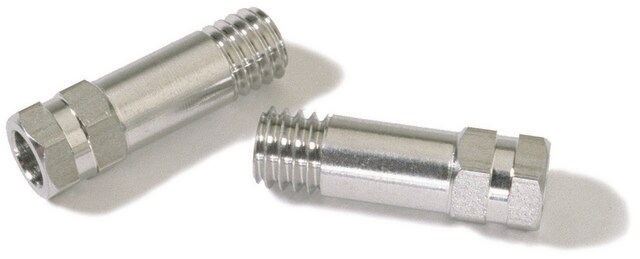Kluczowe dokumenty
24-6080
1-Propanol
SAJ first grade, ≥99.0%
Synonim(y):
Propyl alcohol
About This Item
14.9 mmHg ( 20 °C)
Polecane produkty
klasa czystości
SAJ first grade
gęstość pary
2.1 (vs air)
ciśnienie pary
10 mmHg ( 147 °C)
14.9 mmHg ( 20 °C)
Próba
≥99.0%
Formularz
liquid
temp. samozapłonu
700 °F
granice wybuchowości
13.7 %
dostępność
available only in Japan
współczynnik refrakcji
n20/D 1.384 (lit.)
pH
8.5 (20 °C, 200 g/L)
bp
97 °C (lit.)
mp
−127 °C (lit.)
gęstość
0.804 g/mL at 25 °C (lit.)
ciąg SMILES
CCCO
InChI
1S/C3H8O/c1-2-3-4/h4H,2-3H2,1H3
Klucz InChI
BDERNNFJNOPAEC-UHFFFAOYSA-N
Szukasz podobnych produktów? Odwiedź Przewodnik dotyczący porównywania produktów
Powiązane kategorie
Hasło ostrzegawcze
Danger
Zwroty wskazujące rodzaj zagrożenia
Zwroty wskazujące środki ostrożności
Klasyfikacja zagrożeń
Eye Dam. 1 - Flam. Liq. 2 - STOT SE 3
Organy docelowe
Central nervous system
Kod klasy składowania
3 - Flammable liquids
Klasa zagrożenia wodnego (WGK)
WGK 1
Temperatura zapłonu (°F)
59.0 °F
Temperatura zapłonu (°C)
15 °C
Wybierz jedną z najnowszych wersji:
Masz już ten produkt?
Dokumenty związane z niedawno zakupionymi produktami zostały zamieszczone w Bibliotece dokumentów.
Nasz zespół naukowców ma doświadczenie we wszystkich obszarach badań, w tym w naukach przyrodniczych, materiałoznawstwie, syntezie chemicznej, chromatografii, analityce i wielu innych dziedzinach.
Skontaktuj się z zespołem ds. pomocy technicznej





